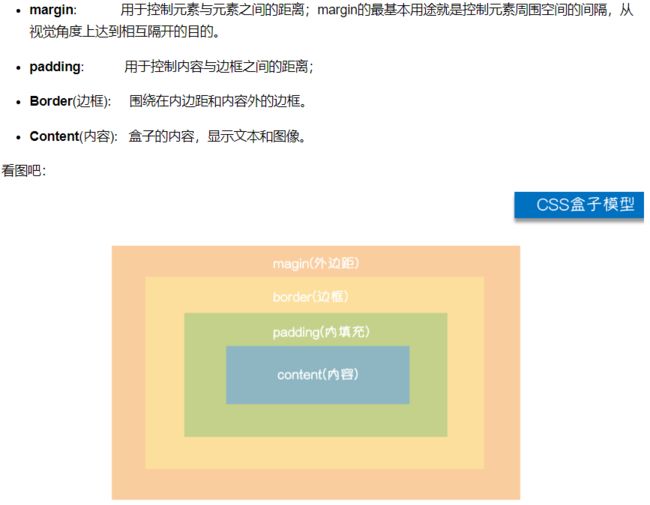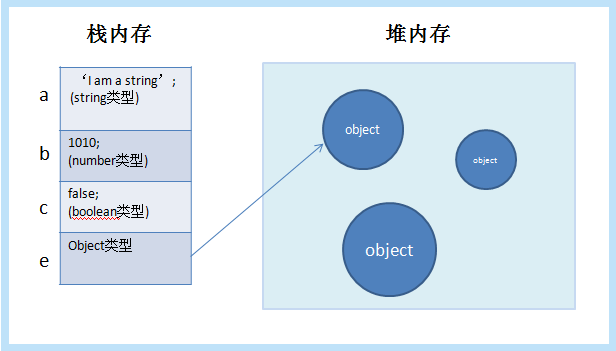雪花
简介
目前的服务基本都是分布式和微服务的形式,大量的数据也导致了分库分表的产生。对于横向分表,需要保证表中id的全局唯一性。
对于MySQL来说,一张表中的主键id一般采用自增方式,但是如果横向划分表,会在多张表中产生重复的id值。那么如何保证水平子表之后的多个表中的id是全局唯一的呢?
如果还是使用数据库主键自增形式,可以为不同的表初始化不同的初始值,然后按照指定的步长自增。比如有3张拆分表,初始主键值为1、2、3,自增步长为3。
当然也有人使用UUID作为主键,但是UUID生成无序字符串,不适合MySQL推荐使用增长的数值作为主键。
你也可以使用Redis的自增原子性来生成唯一的id,但是这个方法在业界很少使用。
当然还有其他的解决方案,不同的互联网公司都有自己的内部实现。 Snowflake算法是解决分布式id的高效方案之一,也被很多互联网公司推荐使用。
SnowFlake 雪花算法
SnowFlake中文意思是雪花,所以叫雪花算法。 Twitter 最初在内部使用它在分布式环境中生成唯一 ID。 2014年开源了scala语言版本。
雪花算法的原理是生成一个唯一的64位long类型的id。
最高1位固定值为0,因为生成的id是正整数,如果是1就是负数。
接下来的 41 位存储毫秒时间戳,2^41/(1000606024365)=69,可以使用大约 69 年。
接下来的10位存储机器码,包括5位datacenterId和5位workerId。最多可部署 2^10=1024 台机器。
最后 12 位存储序列号。相同的毫秒时间戳通过这个递增的序列号来区分。即对于同一台机器,在相同的毫秒时间戳下,可以生成2^12=4096个唯一ID。
Snowflake 算法可以部署为单独的服务,然后需要全局唯一 id 的系统可以请求 Snowflake 算法服务获取 id。
对于每一个Snowflake算法服务,需要先指定一个10位的机器码,可以根据自己的业务来设置。比如房间号+机器号,机器号+服务号,或者其他任何可以区分的10位整数值。
MybatisPlus实现的实际应用
依赖:
com.baomidou
mybatis-plus-boot-starter
3.3.1
yml 配置:
mybatis-plus:
configuration:
log-impl: org.apache.ibatis.logging.stdout.StdOutImpl
global-config:
worker-id: ${random.int(1,31)}
datacenter-id: ${random.int(1,31)}
测试实体:
@Data
@TableName("test_content")
public class TestContent {
/**
* ID
*/
@TableId(type = IdType.ASSIGN_ID)
private Long id;
/**
* 数据内容
*/
private String content;
/**
* 部门id
*/
private Integer deptId;
}
测试控制层:
@GetMapping("/test2")
public String add() {
TestContent testContent = new TestContent();
testContent.setContent(new Random().nextInt() + "自定义添加内容");
testContent.setDeptId(1);
int insert = testContentService.getBaseMapper().insert(testContent);
log.info("插入成功:{}", testContent.getId());
return "插入成功";
}
插入测试:
非ID字段需要id时可以使用idwork
testContent.setId(IdWorker.getId());
源码分析:
IdWorker提供了获取id的基本方法,底层通过DefaultIdentifierGenerator生成Sequence类生成雪花id
public class IdWorker {
![图片[1]-如何保证水平分表后的多张表中的id是全局唯一性?-唐朝资源网](https://images.43s.cn/wp-content/uploads//2022/06/1655917792515_3.png)
private static IdentifierGenerator IDENTIFIER_GENERATOR = new DefaultIdentifierGenerator();
public static final DateTimeFormatter MILLISECOND = DateTimeFormatter.ofPattern("yyyyMMddHHmmssSSS");
public IdWorker() {
}
public static long getId() {
return getId(new Object());
}
public static long getId(Object entity) {
return IDENTIFIER_GENERATOR.nextId(entity).longValue();
}
public static String getIdStr() {
return getIdStr(new Object());
}
public static String getIdStr(Object entity) {
return IDENTIFIER_GENERATOR.nextId(entity).toString();
}
public static String getMillisecond() {
return LocalDateTime.now().format(MILLISECOND);
}
public static String getTimeId() {
return getMillisecond() + getIdStr();
}
public static void initSequence(long workerId, long dataCenterId) {
IDENTIFIER_GENERATOR = new DefaultIdentifierGenerator(workerId, dataCenterId);
}
public static void setIdentifierGenerator(IdentifierGenerator identifierGenerator) {
IDENTIFIER_GENERATOR = identifierGenerator;
}
public static String get32UUID() {
ThreadLocalRandom random = ThreadLocalRandom.current();
return (new UUID(random.nextLong(), random.nextLong())).toString().replace("-", "");
}
}
Sequence类:主要构造方法包含两个参数,类似于雪花算法的机器ID和服务ID。集群模式下最好不要重复,否则生成的ID可能会重复。这两个参数可以在YML文件中配置
public class Sequence {
private static final Log logger = LogFactory.getLog(Sequence.class);
private final long twepoch = 1288834974657L;
private final long workerIdBits = 5L;
private final long datacenterIdBits = 5L;
private final long maxWorkerId = 31L;
private final long maxDatacenterId = 31L;
private final long sequenceBits = 12L;
private final long workerIdShift = 12L;
private final long datacenterIdShift = 17L;
private final long timestampLeftShift = 22L;
private final long sequenceMask = 4095L;
private final long workerId;
private final long datacenterId;
private long sequence = 0L;
private long lastTimestamp = -1L;
public Sequence() {
this.datacenterId = getDatacenterId(31L);
this.workerId = getMaxWorkerId(this.datacenterId, 31L);
}
public Sequence(long workerId, long datacenterId) {
Assert.isFalse(workerId > 31L || workerId 31L || datacenterId
StringBuilder mpid = new StringBuilder();
mpid.append(datacenterId);
String name = ManagementFactory.getRuntimeMXBean().getName();
if (StringUtils.isNotBlank(name)) {
mpid.append(name.split("@")[0]);
}
return (long)(mpid.toString().hashCode() & 'uffff') % (maxWorkerId + 1L);
}
protected static long getDatacenterId(long maxDatacenterId) {
long id = 0L;
try {
InetAddress ip = InetAddress.getLocalHost();
NetworkInterface network = NetworkInterface.getByInetAddress(ip);
if (network == null) {
id = 1L;
} else {
byte[] mac = network.getHardwareAddress();
if (null != mac) {
id = (255L & (long)mac[mac.length - 1] | 65280L & (long)mac[mac.length - 2] <> 6;
id %= maxDatacenterId + 1L;
}
}
} catch (Exception var7) {
logger.warn(" getDatacenterId: " + var7.getMessage());
}
return id;
}
public synchronized long nextId() {
long timestamp = this.timeGen();
if (timestamp 5L) {
throw new RuntimeException(String.format("Clock moved backwards. Refusing to generate id for %d milliseconds", offset));
![图片[2]-如何保证水平分表后的多张表中的id是全局唯一性?-唐朝资源网](https://images.43s.cn/wp-content/uploads//2022/06/1655917792515_6.jpg)
}
try {
this.wait(offset << 1);
timestamp = this.timeGen();
if (timestamp < this.lastTimestamp) {
throw new RuntimeException(String.format("Clock moved backwards. Refusing to generate id for %d milliseconds", offset));
}
} catch (Exception var6) {
throw new RuntimeException(var6);
}
}
if (this.lastTimestamp == timestamp) {
this.sequence = this.sequence + 1L & 4095L;
if (this.sequence == 0L) {
timestamp = this.tilNextMillis(this.lastTimestamp);
}
} else {
this.sequence = ThreadLocalRandom.current().nextLong(1L, 3L);
}
this.lastTimestamp = timestamp;
return timestamp - 1288834974657L << 22 | this.datacenterId << 17 | this.workerId << 12 | this.sequence;
}
protected long tilNextMillis(long lastTimestamp) {
long timestamp;
for(timestamp = this.timeGen(); timestamp <= lastTimestamp; timestamp = this.timeGen()) {
}
return timestamp;
}
protected long timeGen() {
return SystemClock.now();
}
}























暂无评论内容